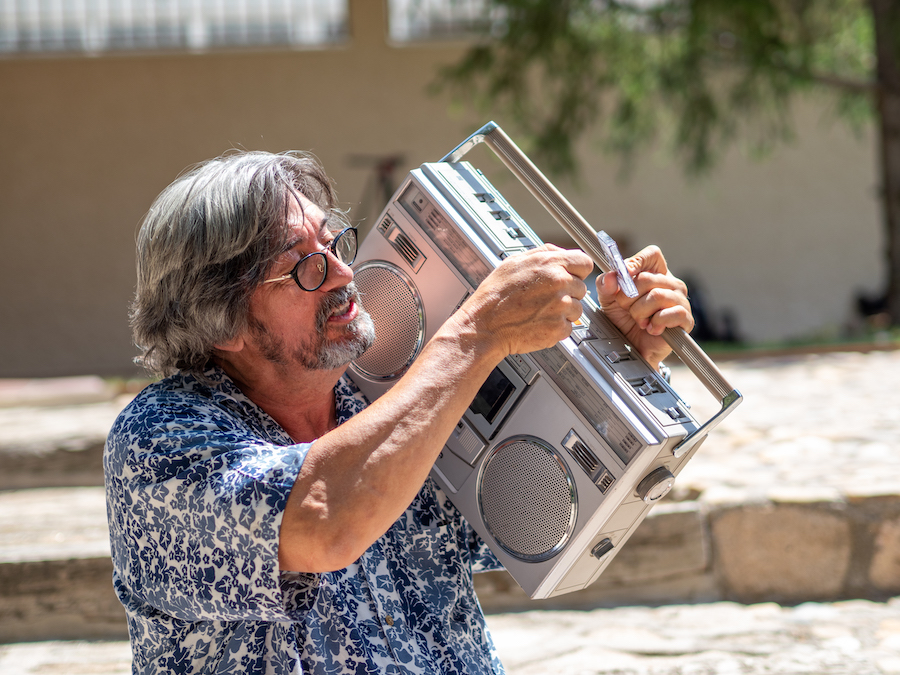
Since their invention, radios have significantly transformed from large, stationary devices to portable, pocket-sized gadgets. This post will take you on a journey through the evolution of portable radios, highlighting key innovations, game-changing advances, and the ever-changing landscape of portable radio technology. From the introduction of integrated circuits to the rise of digital and satellite radios and, finally, the resurgence of retro transistor radios, let’s tune into the fascinating story of portable radios.
The Golden Age of Transistor Radios
In the mid-1950s, a new technology shook the world of radios and music lovers everywhere. The transistor radio was born, forever changing how people listened to music. These compact, battery-powered radios allowed individuals to take their tunes on the go, no longer tethered to a wall outlet or cumbersome equipment. The Golden Age of Transistor Radios was a time of innovation and creativity, as manufacturers vied to create the most attractive, sleek, and functional designs. These radios became a symbol of independence and modernity, beloved by teenagers who used them to tune in to the latest rock-n-roll hits. The transistor radio revolutionized music listening and contributed to the rise of popular culture as we know it today.
Key Innovations and Game-Changing Advances in Portable Radios
Many developments and enhancements were made to portable radios during the Golden Age of Transistor Radios. The introduction of integrated circuits in the late 1950s allowed for even smaller, more compact designs. This ushered in a new era of pocket radios that could fit in the palm of your hand, making it easier than ever to get a portable radio. Additionally, advancements such as FM radio reception increased sound quality dramatically and extended range and reception. Companies raced to keep up with the latest trends, incorporating new designs and features such as stereo sound, preset buttons for easy tuning, clock radios, and more. By the end of the 1960s, transistor radios had become ubiquitous in households across America.
The Impact of the Sony Walkman on the Portable Radio Landscape
In 1979, Sony released the iconic Walkman portable cassette player. This revolutionary device paved the way for a new era of personal music listening and signaled the decline of transistor radios. The Walkman offered far superior sound quality than transistor radios and allowed users to take their mix tapes on the go. Several other companies followed suit in launching their versions of cassette players, and by the mid-1980s, they had almost completely replaced the transistor radio.
The Rise of Digital: DAB and Satellite Radios
As the world moved into the digital age, so did radio technology. In 1995, the UK launched its Digital Audio Broadcasting (DAB) network, offering digital radio services for the first time. Soon after, satellite radios such as XM and Sirius were introduced in the US in 2001 and 2002. These services offered superior sound quality to traditional AM/FM radio and a wider selection of music genres and channels. In the decades since digital radios have gained popularity, technological advances have made them more accessible and affordable than ever before.
The Resurgence of Retro: The Modern Appeal of Vintage Portable Radios
While digital radios are undoubtedly the most popular and widely used type of portable radio today, vintage transistor radios are experiencing a resurgence of sorts. As nostalgia for the Golden Age has grown, so has interest in collecting these classic devices. Vintage radios have become highly sought after by collectors and music lovers due to their aesthetically pleasing designs from a bygone era.
In conclusion, the journey of portable radios from their inception to the present day is a fascinating tale of technological advancement and cultural influence. From the golden age of transistor radios to the rise of digital and satellite radios, each era brought innovations that shaped how we listen to music and news. Today, we can appreciate the rich history of portable radios, even as we enjoy the superior sound quality and convenience of digital technology. Whether you are tuning into your favorite station on a sleek modern device or enjoying the nostalgic charm of a vintage transistor radio, it is clear that portable radios have left an indelible mark on our society.

